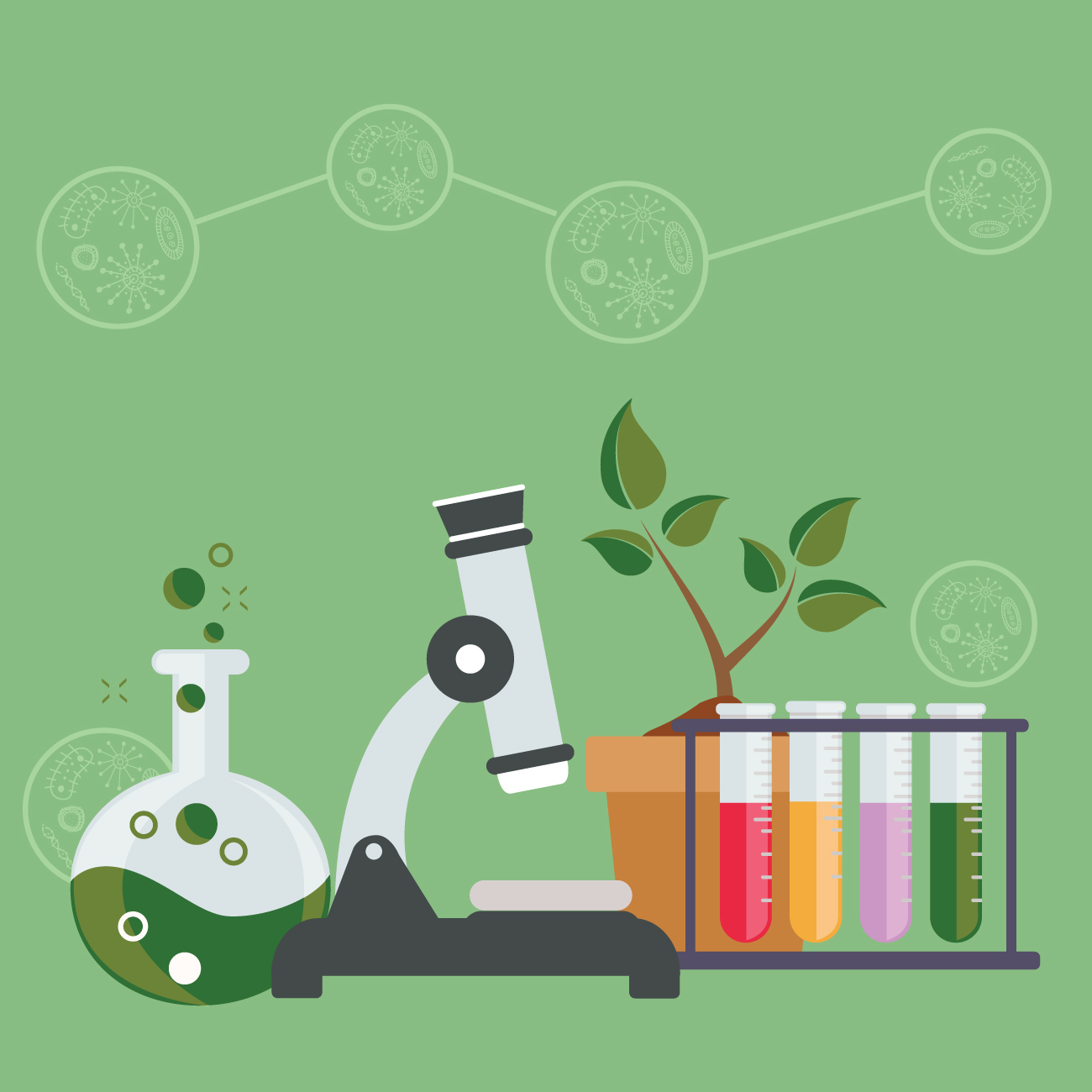Photosynthesis

Source: Wikimedia Commons
Imagine you’re playing soccer on a sunny day and notice how energized you feel after drinking a refreshing glass of lemonade. Just like you need energy from food and drink, plants also need energy to grow. But instead of eating, they use sunlight through a process called photosynthesis.
Photosynthesis is the process by which green plants, algae, and some bacteria convert light energy into chemical energy, stored in glucose. This process primarily takes place in the leaves of plants, specifically in the chloroplasts that contain chlorophyll, the pigment that gives plants their green color.
The theory behind photosynthesis is that plants take in carbon dioxide (CO₂) from the air and water (H₂O) from the soil. Using sunlight, they convert these substances into glucose (a type of sugar) and oxygen (O₂). The overall chemical reaction can be summarized as:
6CO2+6H2O+lightenergy→C6H12O6+6O2
One concrete example of photosynthesis is how trees produce oxygen, which is essential for humans and animals to breathe. Another example is the production of food crops like wheat and corn, which we consume for energy.
The main concepts related to photosynthesis include:
- Chlorophyll: The green pigment in plants that captures light energy.
- Chloroplasts: The structures within plant cells where photosynthesis occurs.
- Light-dependent reactions: These occur in the thylakoid membranes of the chloroplasts and involve the absorption of light, which is used to produce ATP and NADPH.
- Calvin cycle (light-independent reactions): This takes place in the stroma of the chloroplasts, where the ATP and NADPH produced in the light-dependent reactions are used to convert CO₂ into glucose.
Photosynthesis is a vital process for life on Earth. It not only provides the oxygen we breathe but also forms the basis of the food chain. Without photosynthesis, life as we know it would not be possible.




